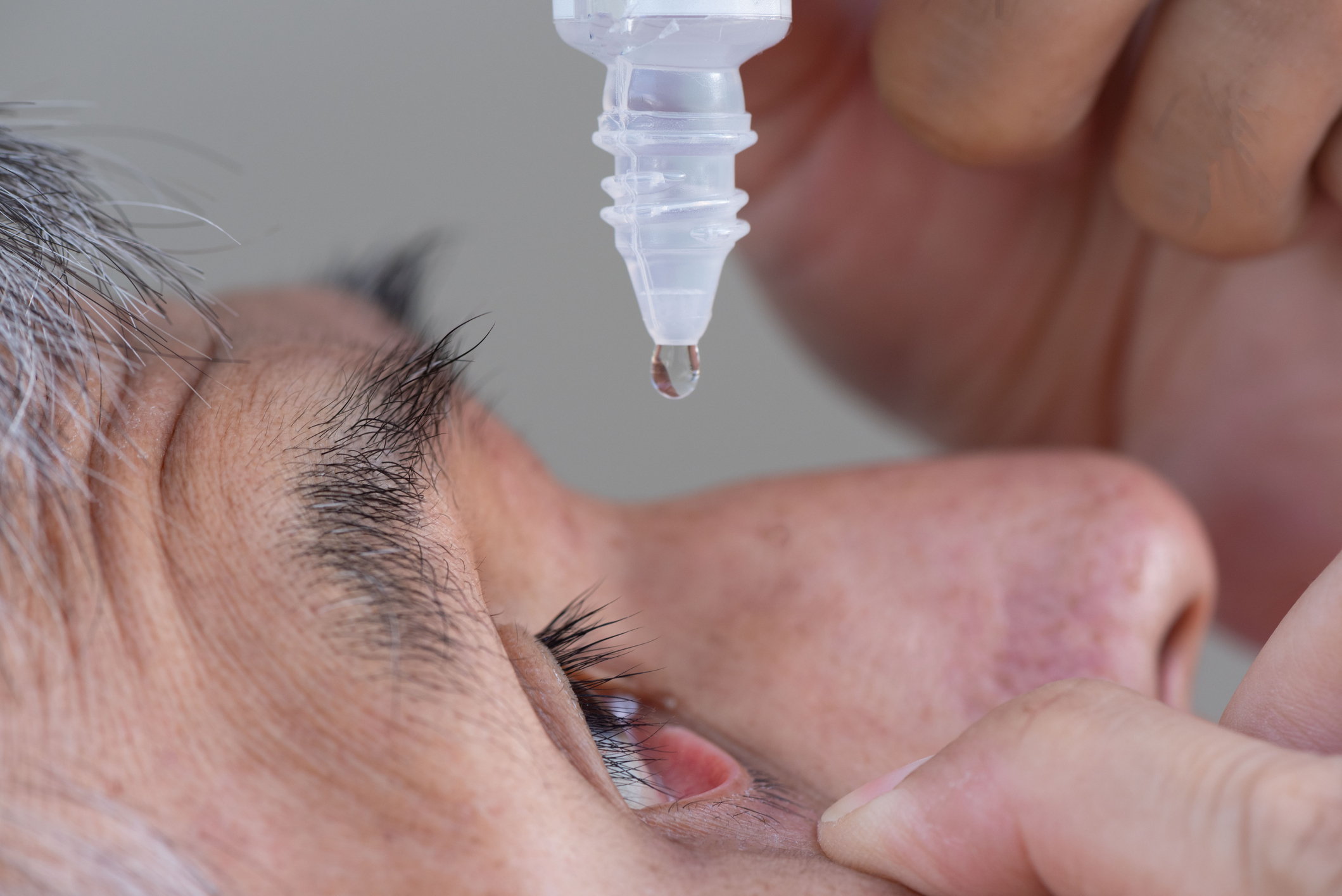Although the worst of cold and flu season is past, Spring allergies can make even the sunniest days miserable for sufferers. Sneezing, congestion, and itchy, watery eyes are all signs that pollen from plants, trees and grasses are causing an allergic reaction. But red, itchy, sticky eyes can also be a sign of conjunctivitis or “Pink Eye” that clinicians are seeing as a post-COVID-19 infection symptom.
According to a recent HealthShots Health News report, conjunctivitis is being reported by doctors as an increasingly common symptom of the Omicron subvariant XBB.1.16. Summer weather makes people more susceptible to Pink Eye – a contagious condition that is caused by a bacterial or viral infection or by an allergic reaction. Symptoms include redness, swelling, itchy, watery eyes and a discharge that may form crusts around the eyelids. The infection can be spread through contact with contaminated surfaces such as door handles, towels, faucets, and shared eye drops.
Although commonly seen in young children, Pink Eye can affect any age group and spread more easily in group housing settings like university dorms and nursing homes. To help prevent the spread of conjunctivitis, it’s important to maintain excellent hand hygiene, disinfect high-touch surfaces, avoid rubbing the eyes, use a clean towel to dry face and hands, and do not share pillows, bedding, eye drops or makeup with others. Wearing sunglasses can also help protect the eyes from outdoor irritants like dust and pollen.
If you have an active conjunctivitis infection, see a doctor for a prescription as soon as possible and avoid wearing contact lenses until the issue is resolved completely. Be sure to use any medication as instructed and stay home from work, school, or social activities until the infection has cleared. In addition to using the prescribed medication, resting the eyes by limiting screen time can help speed recovery. Check vision in each eye separately every day during infection to catch any corneal involvement early and talk to your doctor if you notice any changes in vision.
Read more about COVID Conjunctivitis by following this link to the American Academy of Ophthalmology.






Add Your Voice
0 Comments
Join the Discussion